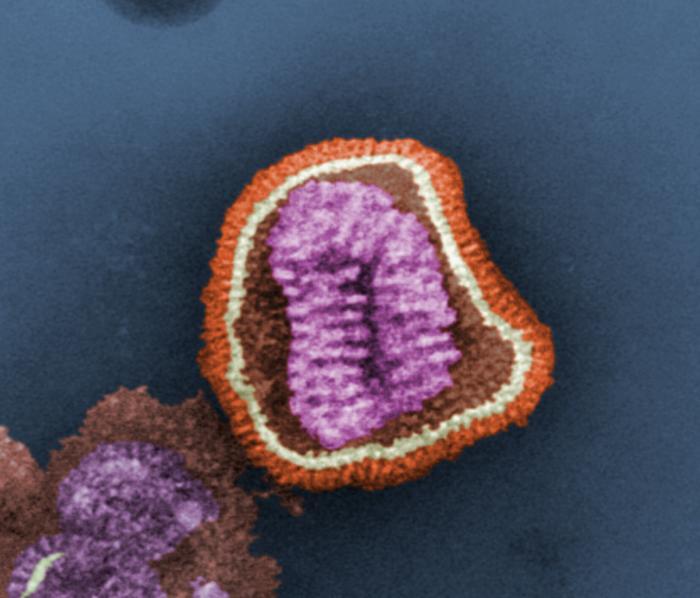Avian influenza viruses at the wild-domestic bird interface in Egypt
Wild birds of the orders Anseriformes (mainly ducks, geese and swans) and Charadriiformes (mainly gulls, terns and waders) constitute the natural reservoir for low pathogenic avian influenza (LPAI) viruses. In Egypt, highly pathogenic avian influenza (HPAI) H5N1 and LPAI H9N2 viruses are endemic in domestic poultry, forming a threat to animal and human health and raising questions about the routes of introduction and mechanisms of persistence. Recently, HPAI H5N8 virus was also introduced into Egyptian domestic birds. Here we review the literature on the role of wild birds in the introduction and endemicity of avian influenza viruses in Egypt. Dabbling ducks in Egypt harbor an extensive LPAI virus diversity and may constitute the route of introduction for HPAI H5N1 and HPAI H5N8 viruses into Egypt through migration, however their role in the endemicity of HPAI H5N1, LPAI H9N2 and potentially other avian influenza virus (AIV) strains – by means of reassortment of viral genes – is less clear. Strengthened surveillance programs, in both domestic and wild birds, that include all LPAI virus subtypes and full genome sequencing are needed to better assess the wild–domestic bird interface and form a basis for evidence-based measures to limit and prevent AIV transmission between wild and domestic birds.
